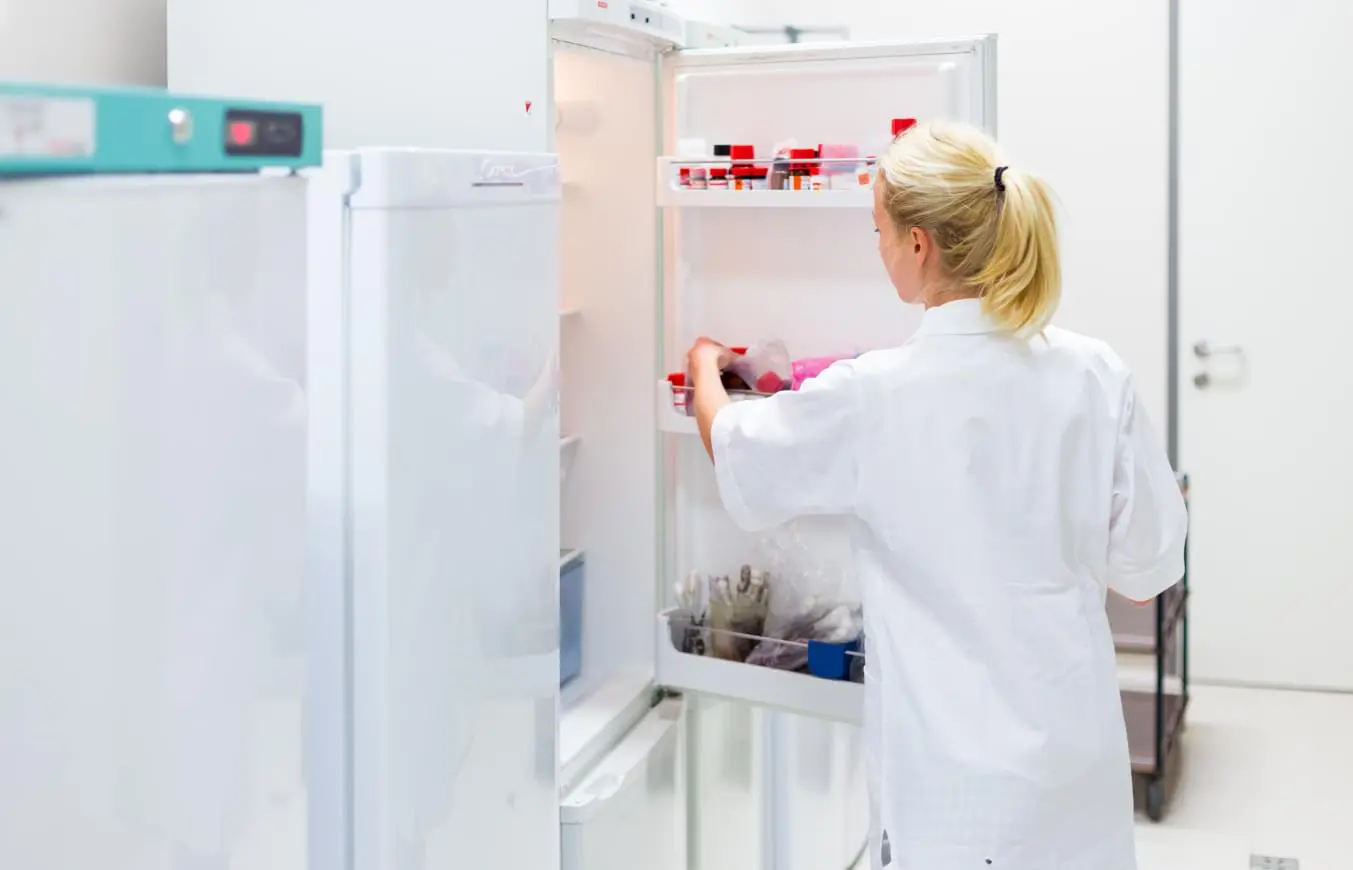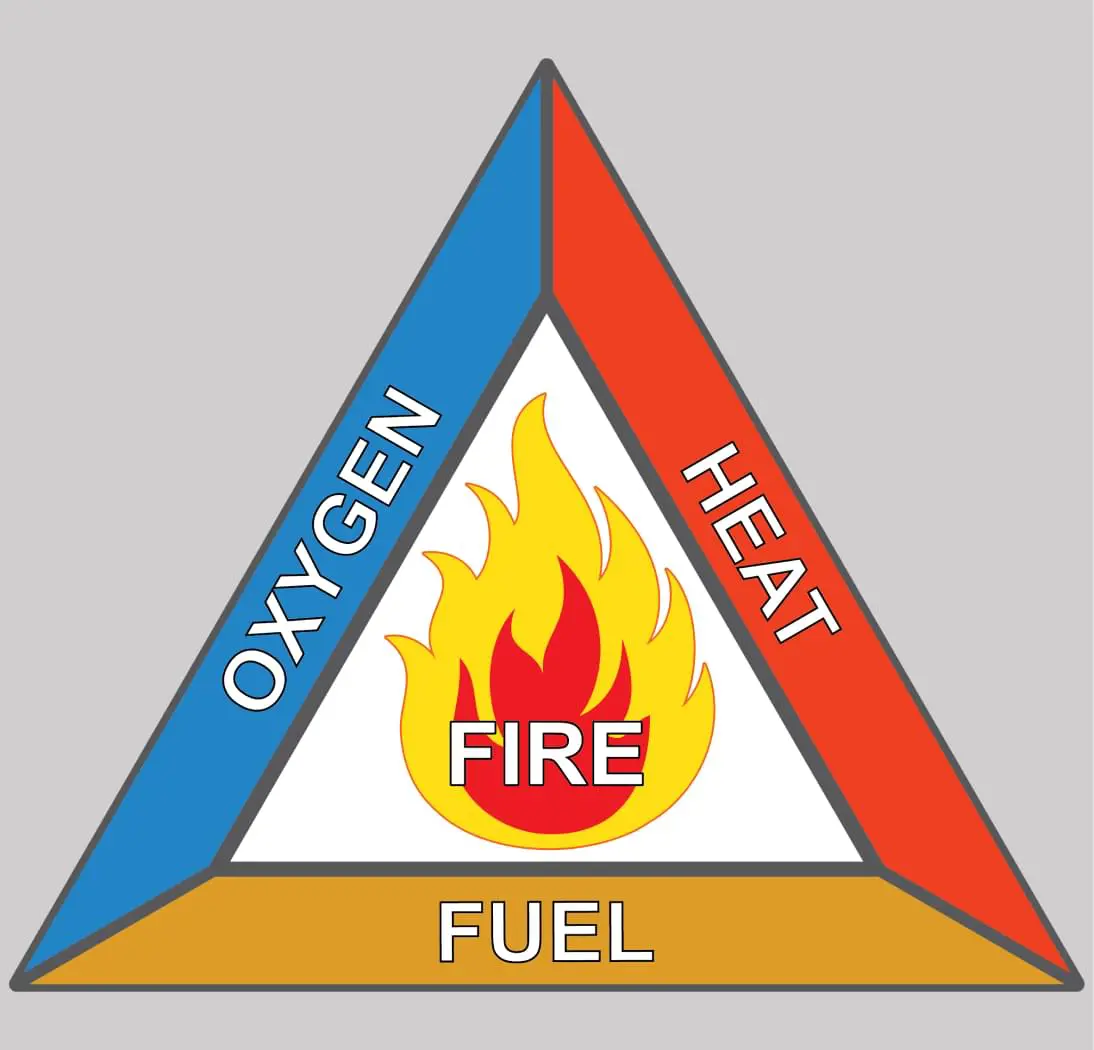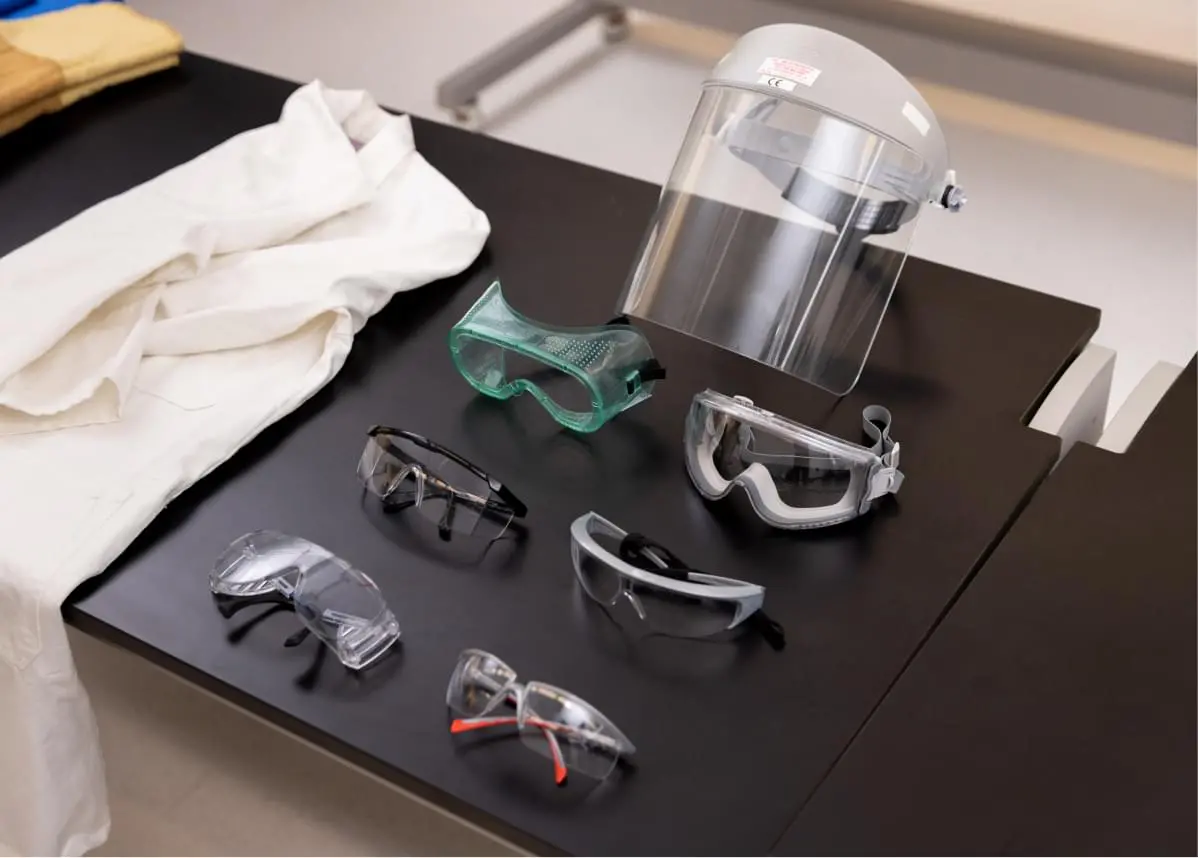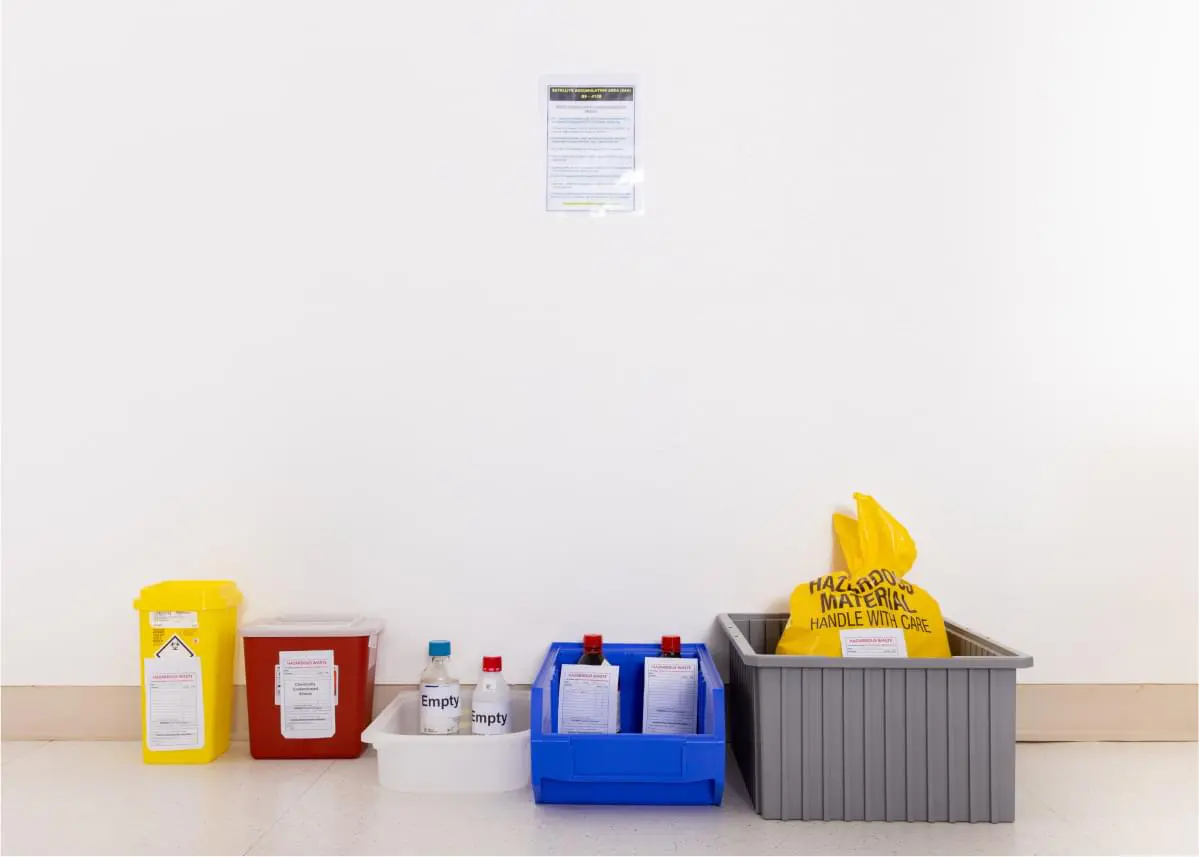




Quick Links:


To prevent fires in labs, flammable and combustible liquids require special precautions for their storage, handling and use. The National Fire Protection Agency (NFPA) has developed guidelines for the safe storage and use of flammable and combustible liquids in laboratories.
Flammable liquids are classified as Class I Liquids and are described as any liquid that has a flash point below 100°F (37.8°C). Class I liquids are further classified as follows:
Combustible liquids are classified as Class II or III Liquids and are described as any liquid that has a flash point at or above 100°F (37.8°C). Combustible liquids are classified as Class II or Class III as follows:

Flammable or Combustible Liquid Limits (¹per lab unit).
¹Per NFPA 45 a lab unit is defined as a separate fire area. For a Class B building a fire area requires a 1 hour rated fire separation. At KAUST an entire lab neighborhood (area), about 10,000 ft² is considered a single lab unit. Flammable liquid storage limits shall be maintained as low as reasonably achievable. To comply with fire code, flammable liquids shall not exceed a limit of 10 gallons (38 liters) per 100 ft² (9.3m²) of lab space. See examples below:
| Lab Size | Maximum Quantity Allowed (in storage cabinets, under hoods, in safety cans, service corridor, etc.) |
|---|---|
| 10,000 ft² (929m²) | 600 US gallons (2,292 L) |
| 5,000 ft² (557m²) | 300 US gallons (1,136 L) |
| 2,000 ft² (186m²) | 60 US gallons (227.3 L) |
| Flammability degree F (degree C) | Max. Size per Container Type | Max. QTY | |||||
|---|---|---|---|---|---|---|---|
| Flash Point | Boiling Point | Glass | Metal | Plastic | Safety Can* | 000 | |
| Flammable Liquids | |||||||
| Class IA | below 73 (23 C) | below 100 (38 C) | 1 pint (500 ml) | 1 gallon (4 l) | 1 gallon (4 l) | 2 gallon (8 l) | 60 gallon (240 l) |
| Class IC | 73 – 100 (23 C – 38 C) | N/A | 1 gallon (4 l) | 5 gallon (20 l) | 5 gallon (20 l) | 5 gallon (20 l) | 60 gallon (240 l) |
| Combustible Liquids | |||||||
| Class II | 100 – 140 (38 C – 60 C) | N/A | 1 gallon (4 l) | 5 gallon (20 l) | 5 gallon (20 l) | 5 gallon (20 l) | 60 gallon (240 l) |
| Class IIIA | 140 – 200 (60 C – 93 C) | N/A | 5 gallon (20 l) | 5 gallon (20 l) | 5 gallon (20 l) | 5 gallon (20 l) | 120 gallon (480 l) |
| Class IIIB | > 200 (93 C) | N/A | 5 gallon (20 l) | 5 gallon (20 l) | 5 gallon (20 l) | 5 gallon (20 l) | N/A |
* U.L. Approved ** Max. 3 cabinets per fire area
A fire area is considered a lab area that has a one-hour fire separation rating. A maximum of 10 gallons (40 l) of class I and/or II liquids may be stored in any fire area outside of safety cans. A maximum of 25 gallons (100 l) of class I and/or II liquids may be stored in any fire area inside of safety cans.
Note: 1 Gallon = 3.79 L
Only refrigerators and freezers approved for flammable storage should be used for the storage of flammable materials. All laboratory refrigerators and freezers must be labeled to indicate whether or not they are suitable for storing flammable liquids.


Dispensing of Class I liquids to or from containers less than or equal to 5 gallons (20 L) in capacity shall be performed in one of the following locations:
Dispensing of Class I liquids to or from containers greater than 5 gallons (20 L) shall be performed in one of the following locations:
Class I liquids shall not be transferred between conductive containers of greater than 1.3 gallon (5 L) capacity unless the containers are electrically interconnected by direct bonding or by indirect bonding through a common grounding system.
The use of squeeze bottles is currently permitted, since their use greatly reduces spills and the small rate of intermittent discharge through a squeeze bottle's discharge tube has not proven to be a hazard.
Manual dispensing pumps for 5-gallon (20 liters) pails/cans shall be used; flammable liquids in large size containers should never be poured due to risk of spill.
§ The following applies for the dispensing of flammable and combustible liquids from containers greater than 5 gallons (20 L):


Safety goggles preferred, safety glasses acceptable, gloves, long sleeved lab coat, closed toe shoes

Flammable or combustible liquids should not be allowed down the sink or drain.
Collect as hazardous waste following KAUST hazardous waste disposal procedure.